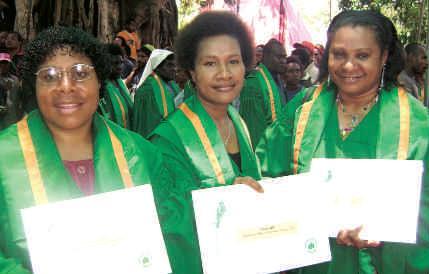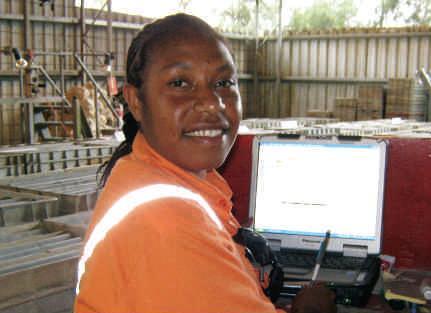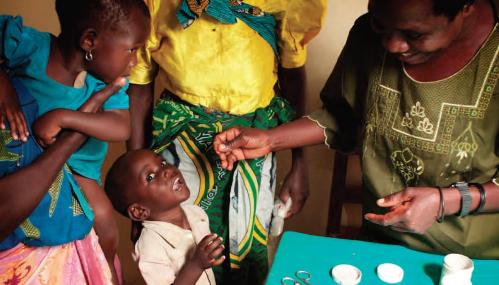Les Whittington is with the Ottawa Bureau of the Toronto Star, which has the largest circulation in Canada. The paper has an enormous impact on Canada’s federal and provincial politics as well as shaping public opinion. This article was originally published October 19, 2010.
OTTAWA—Canadian mining companies are far and away the worst offenders in environmental, human rights and other abuses around the world, according to a global study commissioned by an industry association but never made public.
“Canadian companies have been the most significant group involved in unfortunate incidents in the developing world,” the report obtained by the Toronto Star concludes.
“Canadian companies have played a much more major role than their peers from Australia, the United Kingdom and the United States” in these incidents, says the Canadian Centre for the Study of Resource Conflict, an independent, non-profit think tank.
The problems involving Canada’s mining and exploration corporations go far beyond workplace issues. “Canadian companies are more likely to be engaged in community conflict, environmental and unethical behaviour, and are less likely to be involved in incidents related to occupational concerns.”
The research surfaced as a long, fierce political battle over legislation to tighten federal government scrutiny of Canadian mining operations abroad comes to a head. Bill C-300, a private member’s bill put forward by Toronto Liberal MP John McKay, will be voted on in the Commons next week.
The proportion of incidents globally that involve Canadian corporations is very large, according to the report. “Of the 171 companies identified in incidents involving mining and exploration companies over the past 10 years, 34 per cent are Canadian,” the Centre found.
It said the high incidence of involvement of Canadian companies is in line with the Canadian industry’s dominant position in global mining and exploration.
























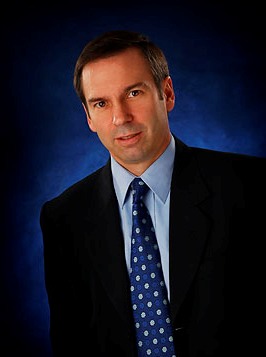
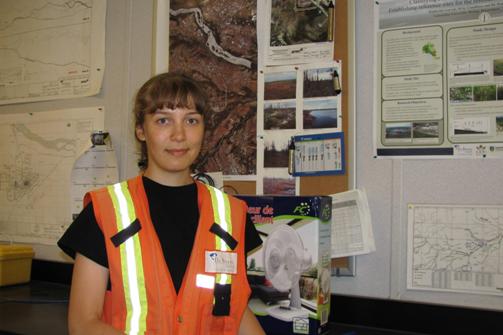
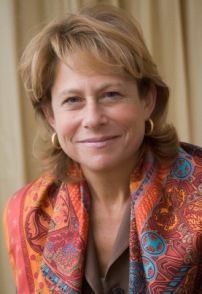
 This article is from the April 2009 issue of
This article is from the April 2009 issue of 